The food industry is constantly evolving, with new trends emerging each year.
Staying ahead of the curve is essential for restaurants, food producers and anyone involved in shaping the dining experience.
Approaching 2026, several food, dining and culinary trends are already dominating the scene, driven by changing consumer preferences and a growing awareness of sustainability and health.
1. Authenticity Rules: A Return to Simple Cuisine
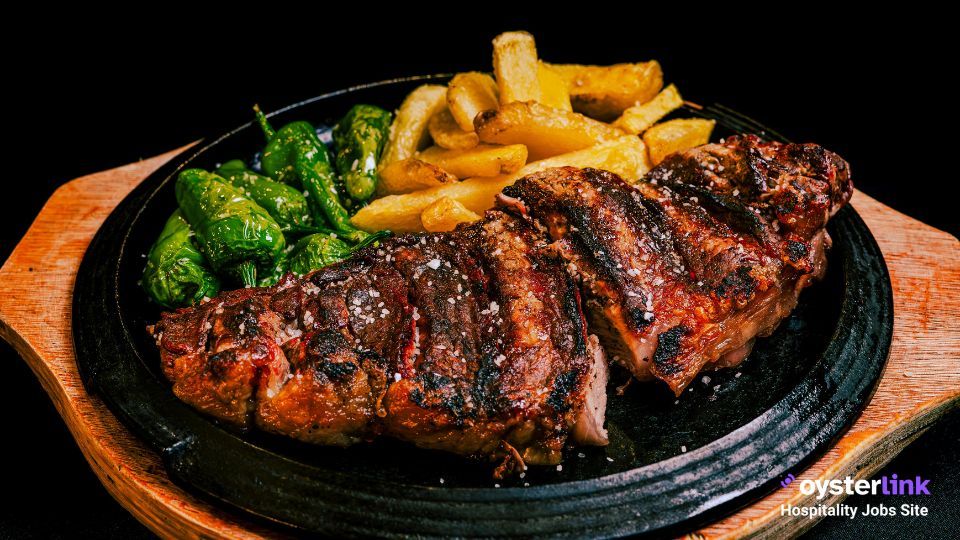
After years of culinary extravagance, there’s a growing movement toward simplicity and genuine flavors.
This isn’t about making food less impressive, but about celebrating the natural tastes of high-quality ingredients.
Diners are increasingly drawn to honest, unpretentious dishes that highlight the food’s true essence.
Restaurants are responding by sourcing seasonal produce, showcasing local specialties, and using cooking methods that preserve ingredient integrity.
The focus is on creating dishes that are both delicious and nourishing, letting the natural flavors of fresh, quality ingredients shine through.
2. Gastronomy for All: Making Fine Dining Accessible

Fine dining is no longer an exclusive domain. A growing number of Chefs and restaurants are working to make gastronomic experiences more accessible to a wider audience.
This doesn't necessarily mean lowering prices, but rather rethinking the format and atmosphere of fine dining.
This trend manifests in several ways, such as tasting menus offered at more affordable price points, pop-up restaurants that bring high-end cuisine to unexpected locations and a more relaxed, less formal dining environment.
The focus is on creating a welcoming atmosphere where anyone can enjoy exceptional food without feeling intimidated or out of place.
3. Plant-Based Power: The Continued Rise of Vegetarian and Vegan Options

The plant-based movement is far from a fleeting fad; it's a fundamental shift in how many people approach food. Vegetarian and vegan options are no longer relegated to a small corner of the menu.
Restaurants are now embracing plant-based cuisine as a central focus, offering creative and innovative dishes that appeal to both vegetarians and meat-eaters alike.
This culinary trend is fueled by a combination of health concerns, environmental awareness and ethical considerations.
Diners are increasingly seeking out plant-based options for their health benefits, reduced environmental impact and the ethical treatment of animals.
4. Drinks Pairings Beyond Wine: A New World of Flavor

Wine has long been the go-to beverage for pairing with food, but 2026 is seeing a broadening of horizons.
Restaurants are now exploring a wider range of drink pairings, including craft beers, artisanal cocktails, teas and even non-alcoholic beverages.
This dining trend reflects a greater appreciation for flavor complexity and a desire to create more innovative and complementary dining experiences.
Sommeliers are experimenting with unusual combinations, carefully considering how different drinks interact with the various flavors and textures of each dish.
5. Dining as Theater: Immersive and Themed Experiences

Dining out is becoming more than just a meal; it's an opportunity for entertainment and immersion.
Restaurants are increasingly embracing themed dining experiences, turning dinner into a show.
This might involve elaborate set designs, theatrical performances, Chefs preparing food in front of diners or a festive atmosphere that transports guests to another time or place.
The rise of "experiential dining" reflects a desire for more memorable and engaging meals. Diners are seeking out restaurants that offer a sense of wonder and excitement, turning a simple dinner into an event.
6. Subscription Models: The Convenience of Culinary Continuity

The subscription model has gained traction in various industries, and the food world is no exception.
Restaurants are experimenting with subscription plans that offer customers a convenient and cost-effective way to enjoy their favorite meals on a regular basis.
These subscriptions might include weekly meal deliveries, monthly tasting boxes or exclusive access to special events.
The subscription model provides restaurants with a predictable revenue stream and fosters customer loyalty, while also offering diners a convenient and personalized dining solution.
See also: Top 10 Restaurant Industry Trends for 2026
7. My Plate, My Way: The Demand for Full Personalization

Personalization is no longer a luxury; it's an expectation. Diners in 2026 want to customize their meals to fit their specific dietary needs, preferences and health goals.
As a result, restaurants are increasingly offering flexible menu options that allow for greater customization.
This dining trend can manifest in several ways, such as build-your-own bowl concepts, customizable tasting menus and detailed ingredient lists that allow diners to make informed choices.
The key is to empower customers to create a dining experience that is perfectly tailored to their individual requirements.
8. Wellness on the Menu: Functional Food and Health Benefits
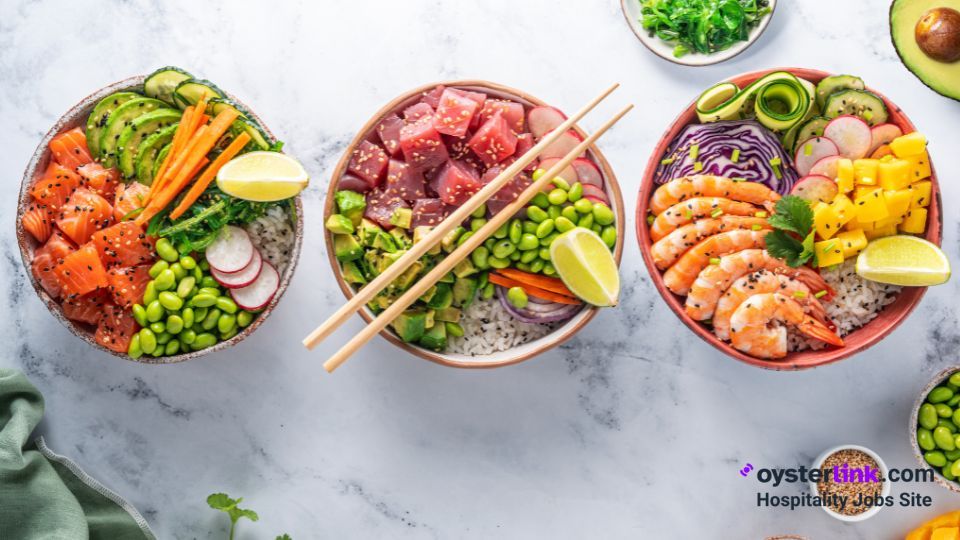
Health-conscious consumers are increasingly seeking out meals that not only taste good but also offer tangible health benefits.
This is driving the trend towards wellness-focused meals and functional food items, which incorporate ingredients known for their nutritional value and therapeutic properties.
These dishes often feature ingredients like antioxidants, probiotics and omega-3 fatty acids, and may be specifically designed to support health goals.
Such goals may include weight management, better digestion, or improved cognitive function.
9. Fermented Delights: The Enduring Appeal of Miso, Kimchi and More

Fermented food items have transitioned from niche health food to culinary darlings, and their popularity shows no signs of declining in 2026.
Ingredients like miso, koji, kimchi, tempeh and sourdough are celebrated not only for their unique and complex flavors — which add depth and umami to dishes — but also for their purported health benefits.
Chefs are increasingly experimenting with fermentation techniques to create innovative and exciting flavor profiles. From incorporating kimchi into tacos to using miso in desserts, the possibilities are endless.
Moreover, consumers are becoming more aware of the gut-health benefits of fermented food, further fueling demand for such items.
10. Ingredient Transparency and Regenerative Farming: Conscious Sourcing
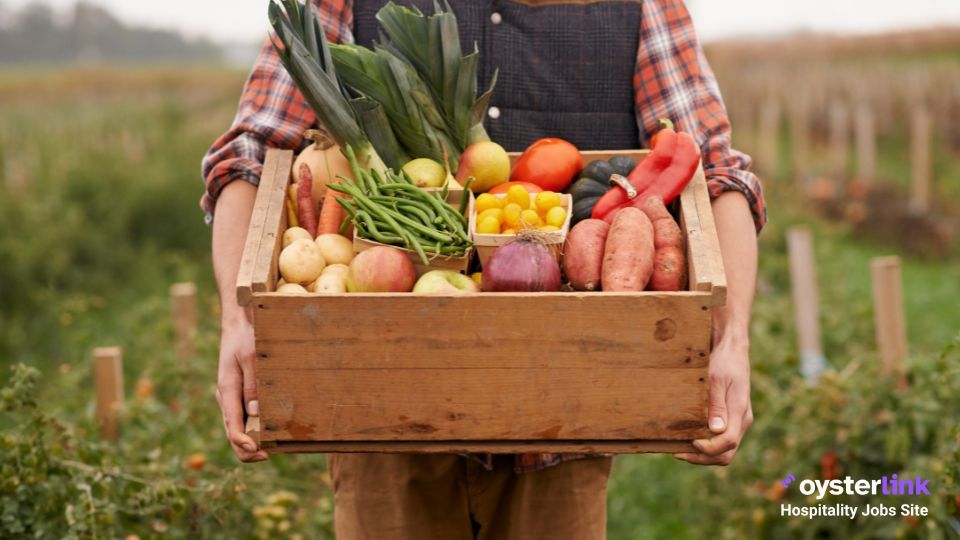
Consumers are more curious than ever about where their food comes from and how it was produced.
In 2026, restaurants are expected to prioritize ingredient transparency, providing detailed information about the source, farming practices and ethical considerations behind their ingredients.
This involves partnering with local, small-scale growers who are committed to regenerative farming practices.
These practices focus on improving soil health, reducing environmental impact, and promoting biodiversity.
By embracing transparency and supporting regenerative farming, restaurants can build trust with their customers and contribute to a more sustainable and ethical food system.
Customers will be more likely to support brands that help make the world a better place.
11. Streamlined Offerings: Honing In on Essential Items
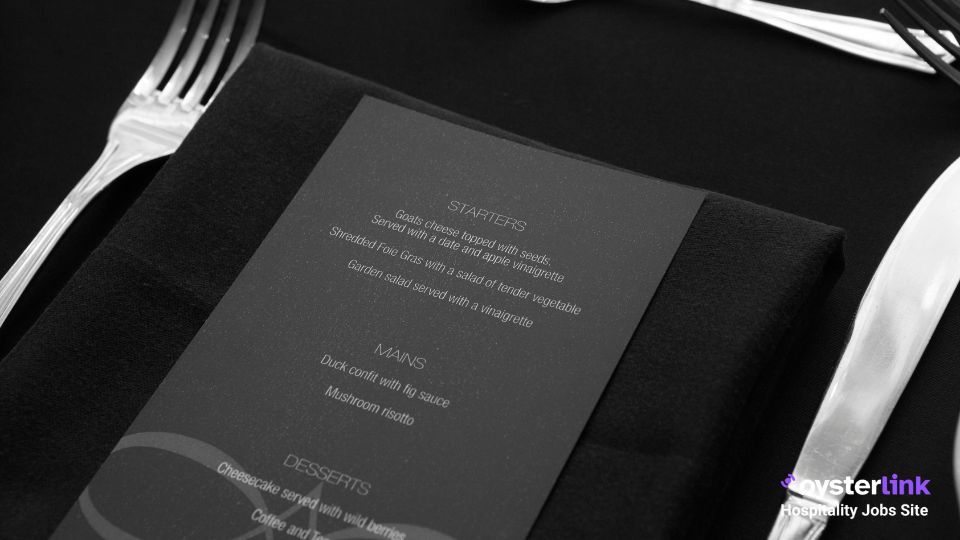
Faced with rising costs, staffing challenges and evolving customer preferences, restaurants are increasingly adopting a streamlined approach to menu design.
This involves carefully curating a smaller selection of dishes, focusing on those that are most popular, profitable and aligned with the restaurant's brand identity.
As a result, restaurants are able to improve efficiency, reduce waste and optimize their operations.
By simplifying their menus, restaurants can also better focus on quality and consistency, ensuring that each dish is prepared to the highest standards.
This also allows customers to make decisions faster while enjoying a more focused and refined menu experience!
12. Sustainability and Waste Reduction: Dining with a Conscience
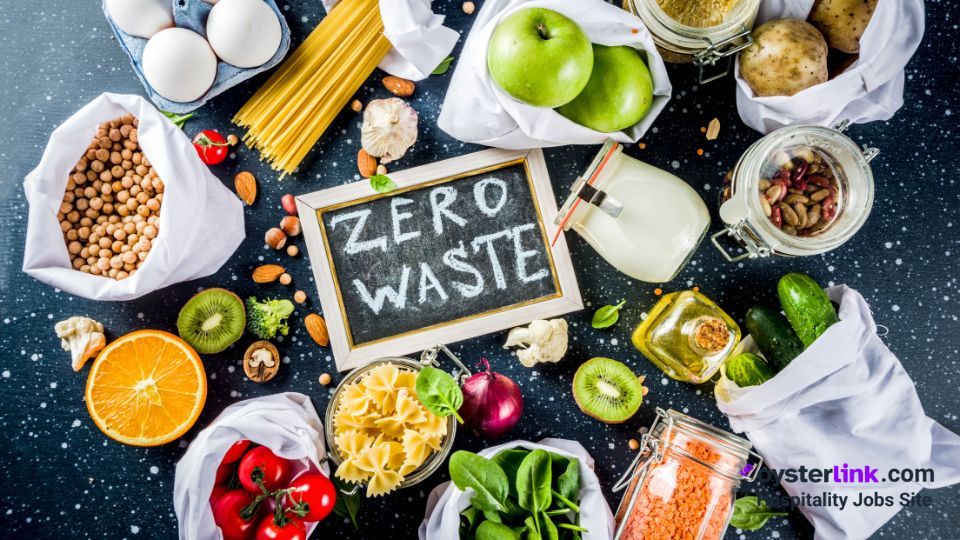
The push for sustainability and waste reduction is no longer a niche movement; it's a mainstream imperative.
In 2026, consumers, investors and even staff are demanding that restaurants take meaningful action to minimize their environmental impact.
This involves implementing comprehensive sustainability strategies that address every aspect of the business, from sourcing ingredients and reducing waste to conserving energy and promoting responsible consumption.
Restaurants are finding ways to incorporate a range of practices, including composting, recycling and smart ordering systems.
The movement toward sustainability won't only attract new customers, but it will also improve the world.
See also: Restaurant Food Waste Statistics in 2026
Methodology
The food, dining and culinary trends discussed in this article come from different reports and guides available online to get a well-rounded view.
All these sources were combined to create a clear picture of what’s happening in the industry.









Loading comments...